North American XF-108-Rapier USAF
Production Time 9 to 10 weeks
Shipment is by FedEx, UPS or DHL International Express Courier with a normal door-to-door delivery time worldwide of within 2-3 business days after dispatch. Due to the current volatility of world fuel prices, the amount mentioned here is our best estimate for DHL and UPS and may be subject to change at the time of shipping.

Model Description: North American XF-108-Rapier USAF Wood Replica Scale Custom Jet Model
Manufacturer: North American
Wingspan: 10.9 Inches (27.7 Centimeters)
Height: 4.2 Inches (10.7 Centimeters)
Scale: 1:63
$239.50
Production Time 9 to 10 weeks
-
United States dollar ($)
-
Pound sterling (£)
-
Euro (€)
-
Australian dollar ($)
-
Canadian dollar ($)
-
Singapore dollar ($)
-
Swiss franc (CHF)
-
Japanese yen (¥)
-
Danish krone (kr.)
-
Hong Kong dollar ($)
-
Norwegian krone (kr)
-
Swedish krona (kr)
-
United Arab Emirates dirham (د.إ)
General Product Description
Our PlaneArt North American XF-108-Rapier USAF model exhibits unique, unrivaled quality and detailed design to come as close as possible to the accuracy of the actual plane. It comes as standard with a robust, durable base or stand which is available in a variety of different finishes designed to match your own personal requirements including solid wood, wood with polished metal supports or adjustable wood wall mount and will be ready within about 9-10 weeks from placement of order.
The North American XF-108-Rapier USAF model is made of the finest kiln dried renewable mahogany wood (commonly known as Lauan or Meranti) which has undergone many stages of carving and meticulous and careful sanding giving the beautiful, finished museum quality masterpiece. Many collectors and model connoisseurs demonstrate their preference for genuine handmade and hand painted mahogany wood models rather than plastic or die cast (diecast) alternatives due to the overall look and totally different feel of the item - we trust you will find the same. We can however, if required produce the same model in Solid Cast Resin so just click and contact us for further information. Our craftsmen and gifted artisans ensure that our finely handcrafted model airplanes match the precise blueprint details of the original aircraft. The paint scheme, markings and parts are closely matched, reflecting the original aircraft. This stylish top-quality desktop replica model will surely enthrall anyone who receives this as a gift and for sure one of the most appropriate and desirably collectable gifts for any aviation enthusiast or avid military jet aircraft collector whilst also displaying a perfect resemblance to the actual real life version.
There are many types of military jet aircraft, but the basic types are bombers, fighters, fighter bombers, spotter planes, transporters, patrol aircraft, trainers, and reconnaissance and observation aircraft. All these types of aircraft are used for different types of missions. If you're a fan of historic or present-day military aviation, our model aircraft will bring the excitement and character of these aircraft right into your own home.
If you require, we can also make the North American XF-108-Rapier USAF model in any other military, government or even private livery or colour scheme you require and if necessary, in a different size or scale. Just click here to contact us with a description or photographs of what you require, and we will let you have a quotation for the necessary customization by return email. We can also make bespoke scale replicas of any other private / civil commercial airliner or airliners, helicopter, glider, gliders with engines, military propeller, warplane jets, biplane, triplane, tail fin, spacecraft, rocket or NASA model you require in any airline, military or civilian livery or colors. We also produce model airships, blimps, dirigibles, blimps, boats, and ship collectibles. Wall plaque or seal for military, government or private customers. Again, by clicking here to contact us just let us know exactly what you need.
As you may or may not be aware the trade name and copyright permissions for this North American aircraft are now under the ownership of the Boeing Company and as such, we are proud to be one of the very few international and fully licensed manufacturers of Boeing solid mahogany wood models. You may be interested to read more about the fascinating background to the famous aviation names now under the Boeing umbrella by clicking on the following “Officially Licensed Product” image below:
Unveiling the North American XF-108 Rapier: USAF’s Supersonic Sentinel
In the midst of the Cold War’s technological arms race, the United States Air Force (USAF) sought to push the boundaries of aerial superiority with the development of the North American XF-108 Rapier. This ambitious project aimed to create a cutting-edge interceptor aircraft capable of defending the nation’s airspace against potential threats from Soviet bombers. While the Rapier never entered production, its design and capabilities remain a testament to the innovative spirit of the era.
Origins and Development:
The genesis of the XF-108 Rapier can be traced back to the late 1950s when concerns over the Soviet Union’s growing fleet of long-range bombers prompted the USAF to explore new interceptor concepts. North American Aviation, renowned for its contributions to military aviation, was awarded the contract to develop the XF-108 in 1957.
The XF-108 was envisioned as a high-speed, high-altitude interceptor capable of engaging enemy aircraft at speeds exceeding Mach 3. Its primary mission was to intercept and destroy incoming enemy bombers before they could reach their targets in the United States. To achieve this, the aircraft was designed to be equipped with advanced radar and missile systems, allowing it to detect and engage targets from extended ranges.
Design and Features:
At the heart of the XF-108’s design was its revolutionary aerodynamics, which enabled it to achieve unprecedented speeds and altitudes for its time. The aircraft featured a sleek delta-wing configuration with distinctive wingtip-mounted vertical stabilizers, giving it a futuristic appearance reminiscent of contemporary science fiction.
Powering the XF-108 were two General Electric YJ93 afterburning turbojet engines, each capable of producing over 30,000 pounds of thrust. These engines propelled the aircraft to speeds in excess of Mach 3, allowing it to swiftly intercept and engage enemy bombers operating at high altitudes.
One of the most innovative features of the XF-108 was its Hughes AN/ASG-18 radar system, which combined both search and track functions into a single unit. This radar boasted an impressive range of over 500 miles and could track multiple targets simultaneously, providing the pilot with unparalleled situational awareness.
Legacy and Impact:
Despite its promising design and capabilities, the XF-108 program was ultimately canceled in 1959 before any prototypes could be built. The decision to terminate the project was influenced by various factors, including concerns over its high cost, changing strategic priorities, and the emergence of new missile technologies.
While the XF-108 never saw active service, its legacy endures as a symbol of American innovation and ambition in the field of military aviation. Many of the technologies developed for the Rapier, such as advanced radar systems and high-speed propulsion systems, would later find their way into other aircraft designs, contributing to the ongoing evolution of aerial warfare.
Conclusion:
The North American XF-108 Rapier stands as a testament to the ingenuity and vision of the United States Air Force during the Cold War era. Although it never became operational, its advanced design and capabilities paved the way for future generations of interceptor aircraft. As the aerospace industry continues to push the boundaries of speed and technology, the legacy of the XF-108 serves as a reminder of the relentless pursuit of excellence in the pursuit of air superiority.
| Weight | 6 kg |
|---|---|
| Dimensions | 17 × 10.9 × 4.2 in |
Be the first to review “North American XF-108-Rapier USAF” Cancel reply
Similar Models
Tail Shields & Flashes, Plaques & Seals
Helicopters
Military Airplanes - Propeller
Military Airplanes - Jet
Military Airplanes - Jet
Military Airplanes - Propeller
Military Airplanes - Propeller
Military Airplanes - Jet
Military Airplanes - Jet
Military Airplanes - Jet
Military Airplanes - Jet
Military Airplanes - Jet
Military Airplanes - Jet
Military Airplanes - Jet
Military Airplanes - Propeller
Military Airplanes - Propeller
Helicopters
Helicopters
Helicopters
Helicopters
Helicopters
Military Airplanes - Jet
Military Airplanes - Jet
Military Airplanes - Jet
Military Airplanes - Jet
Military Airplanes - Jet
Military Airplanes - Jet
Military Airplanes - Jet
Tail Shields & Flashes, Plaques & Seals
Military Airplanes - Jet
Military Airplanes - Jet
Military Airplanes - Jet
Military Airplanes - Jet
Military Airplanes - Jet
Military Airplanes - Jet
Military Airplanes - Jet
Military Airplanes - Jet
Military Airplanes - Jet
Military Airplanes - Jet
Lockheed Martin F-16 USAF Stubby Chubby Pudgy Dumpy Version 2
Military Airplanes - Jet
Military Airplanes - Jet
Military Airplanes - Propeller
Military Airplanes - Propeller
Military Airplanes - Propeller
Military Airplanes - Jet
Military Airplanes - Jet
Military Airplanes - Jet
Military Airplanes - Jet
Military Airplanes - Propeller
Military Airplanes - Propeller
Military Airplanes - Propeller
Military Airplanes - Propeller
Military Airplanes - Propeller
Military Airplanes - Jet
Helicopters
Helicopters
Military Airplanes - Jet
Military Airplanes - Jet
Military Airplanes - Jet
Military Airplanes - Jet
Military Airplanes - Jet
Military Airplanes - Jet
Military Airplanes - Jet
Military Airplanes - Jet
Military Airplanes - Jet
Military Airplanes - Jet
Military Airplanes - Jet
Military Airplanes - Propeller
Military Airplanes - Jet
Military Airplanes - Jet
Fairchild Republic A-10 Thunderbolt USAF II Flying Razorbacks
Military Airplanes - Jet
Military Airplanes - Propeller
Military Airplanes - Jet
Military Airplanes - Propeller
Military Airplanes - Propeller
Military Airplanes - Propeller
Military Airplanes - Propeller
Private & Civilian
Military Airplanes - Jet
Military Airplanes - Jet
Military Airplanes - Propeller
Military Airplanes - Propeller
Military Airplanes - Propeller
Military Airplanes - Propeller
Military Airplanes - Jet
Military Airplanes - Jet
Military Airplanes - Jet
Military Airplanes - Jet
Military Airplanes - Jet
Military Airplanes - Jet
Tail Shields & Flashes, Plaques & Seals
Military Airplanes - Jet
Military Airplanes - Jet
Military Airplanes - Jet
Military Airplanes - Propeller
Military Airplanes - Propeller
Military Airplanes - Propeller
Military Airplanes - Propeller
Military Airplanes - Propeller

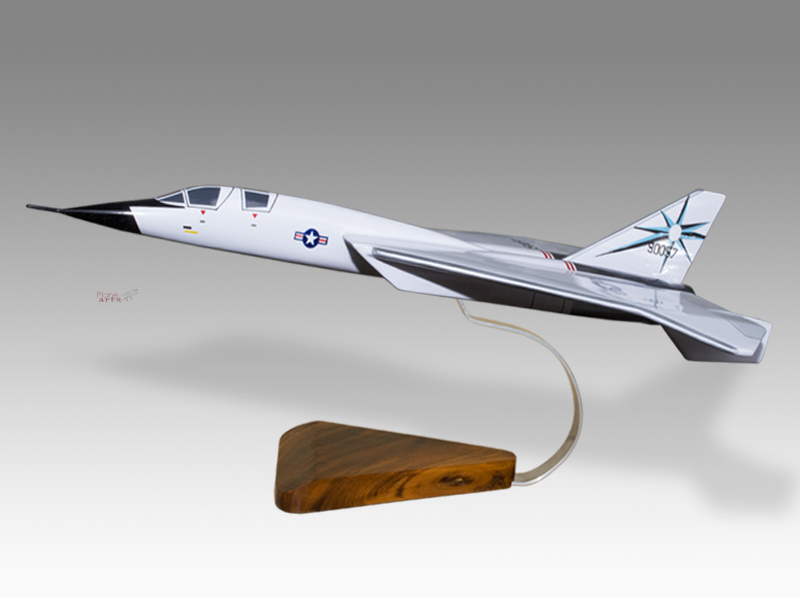
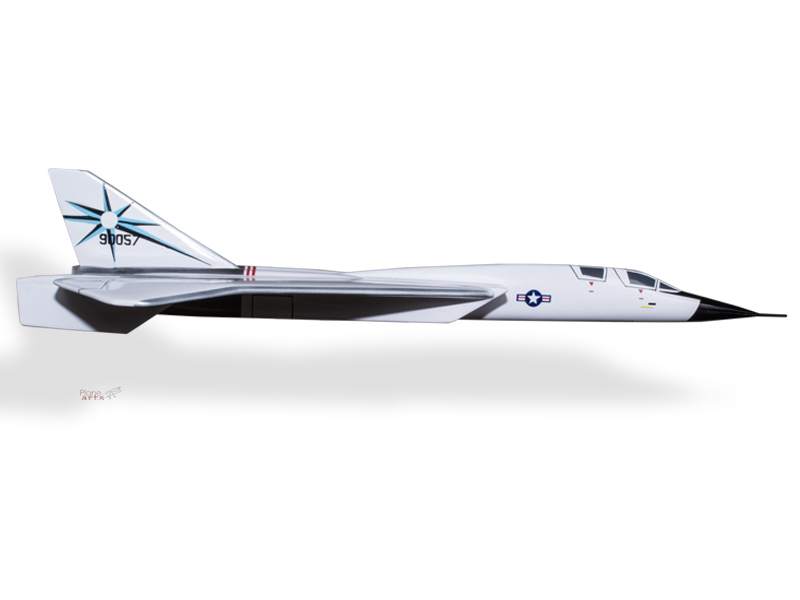

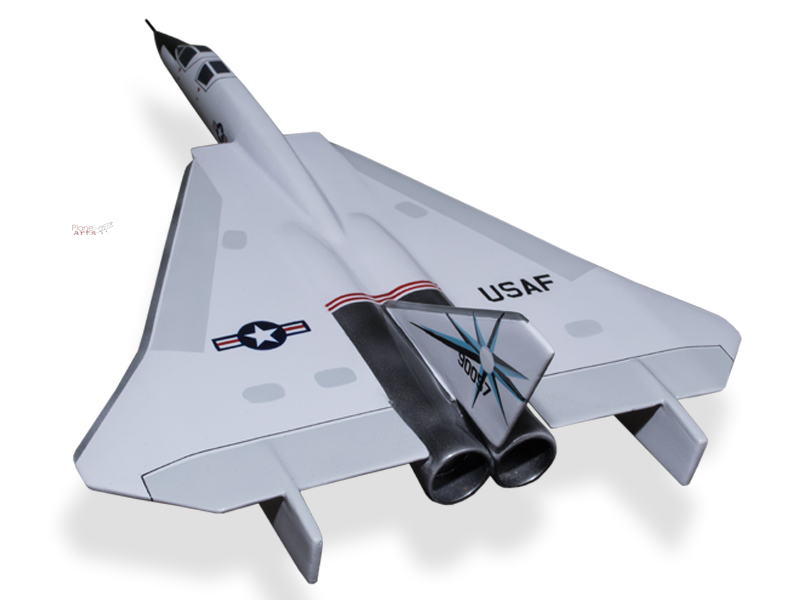
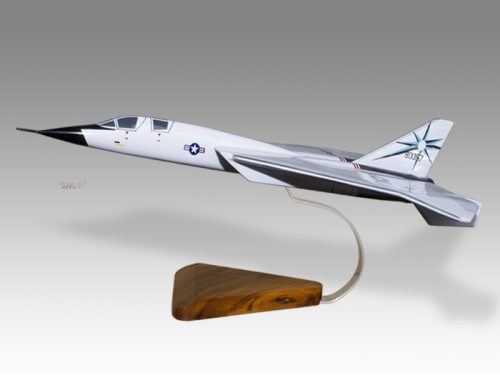
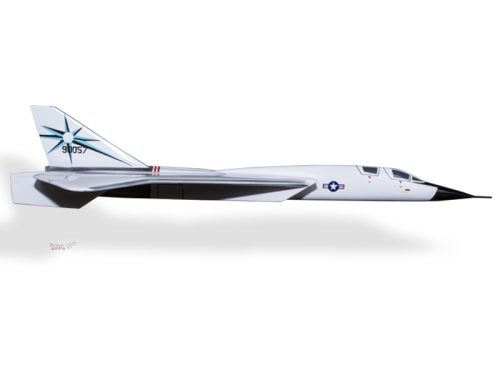
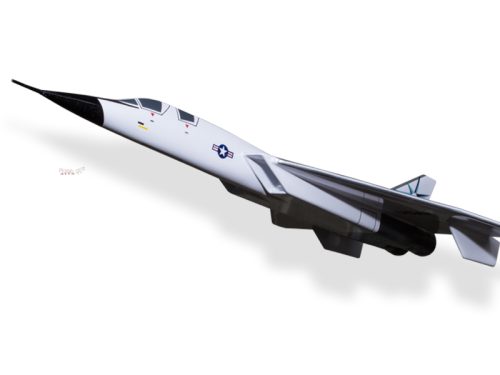
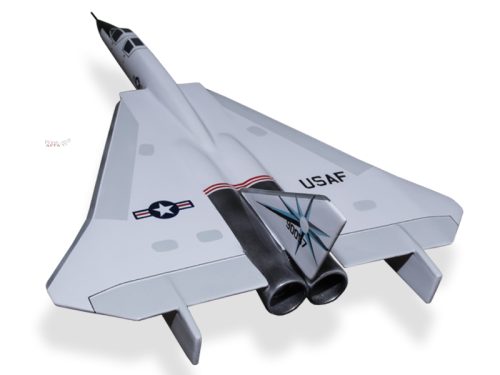
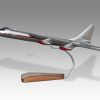
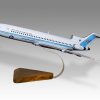


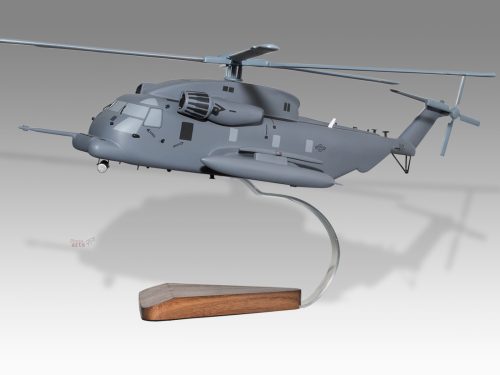

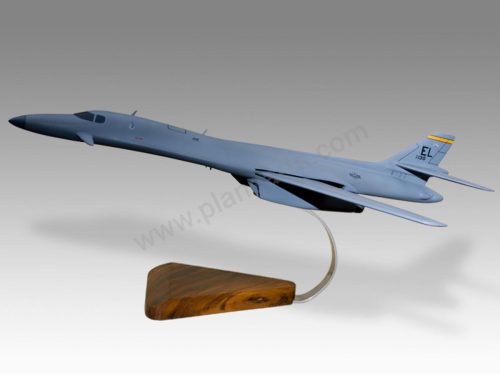
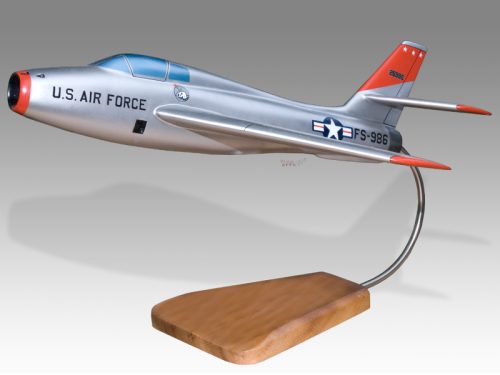
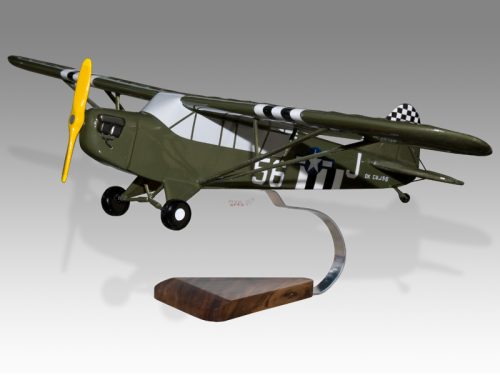

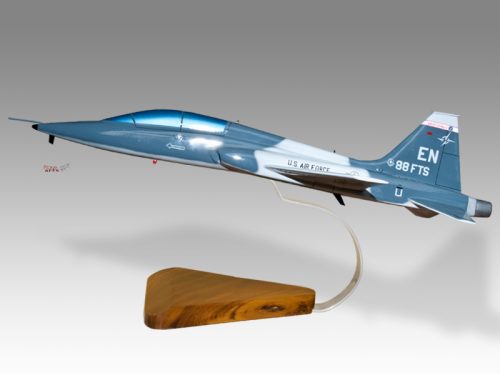
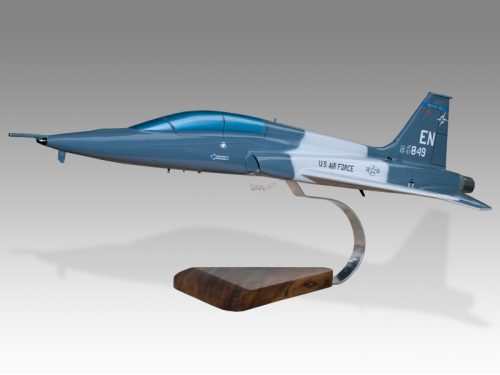
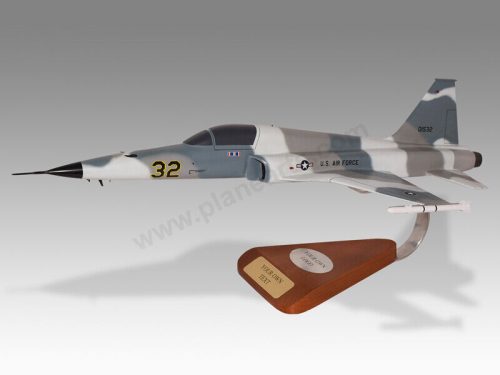
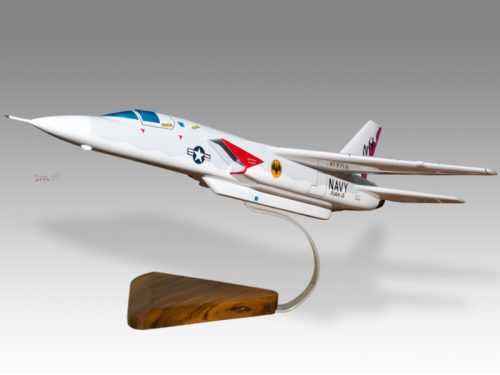
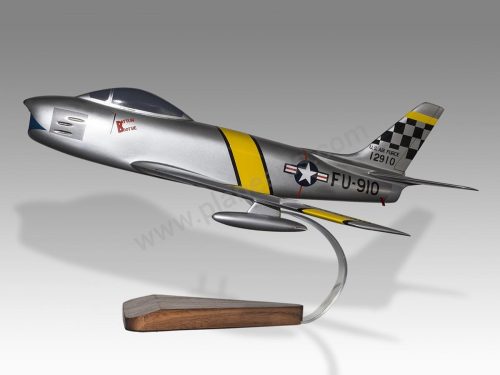

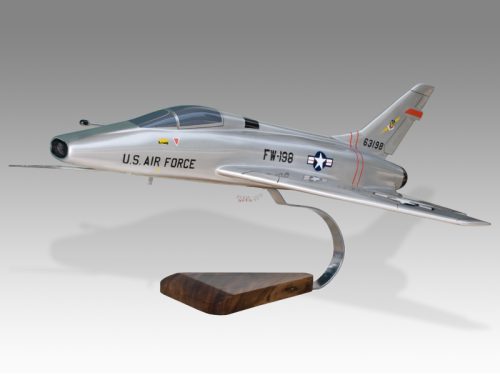
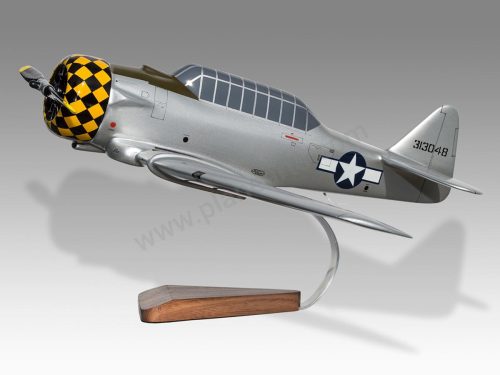


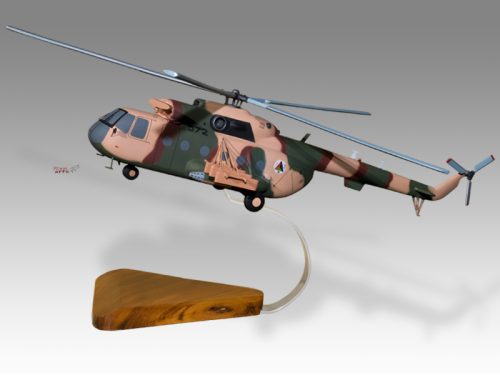
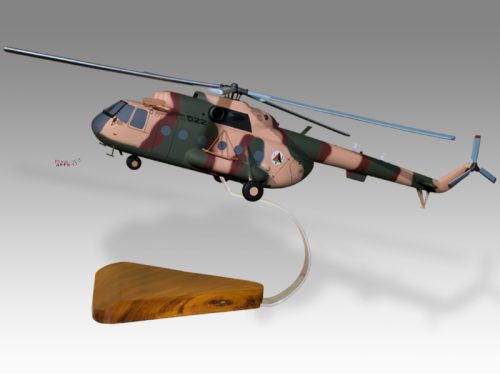

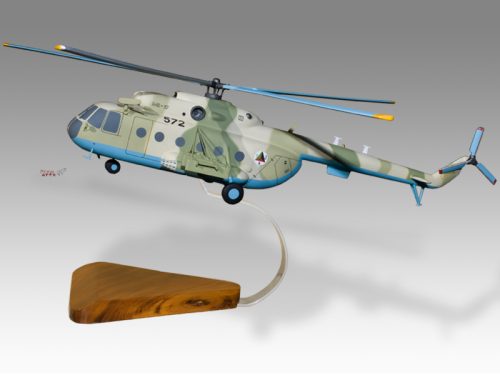
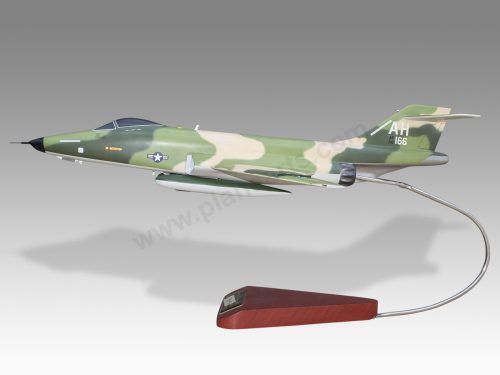

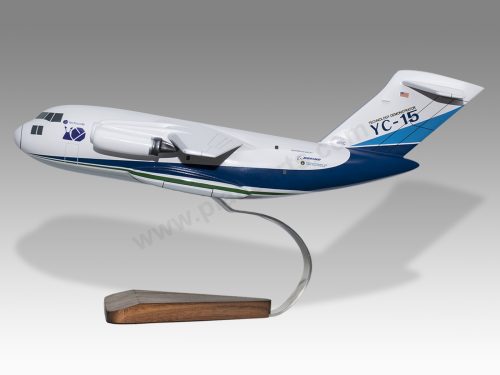

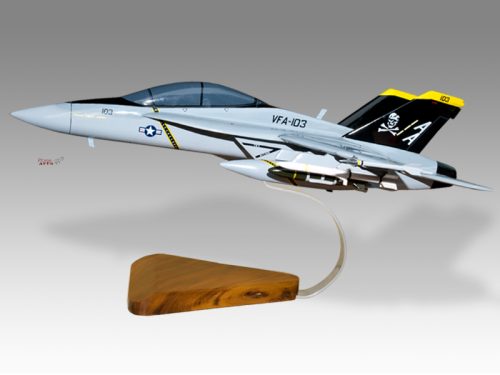


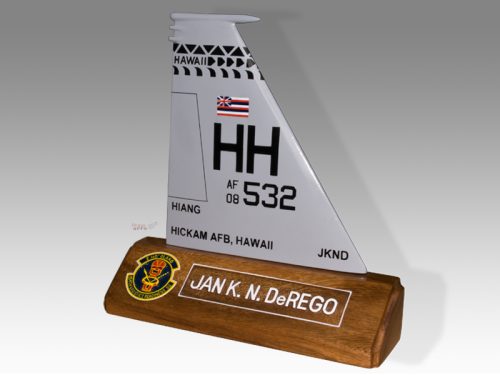
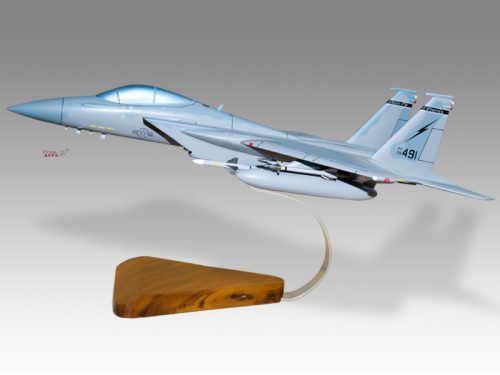

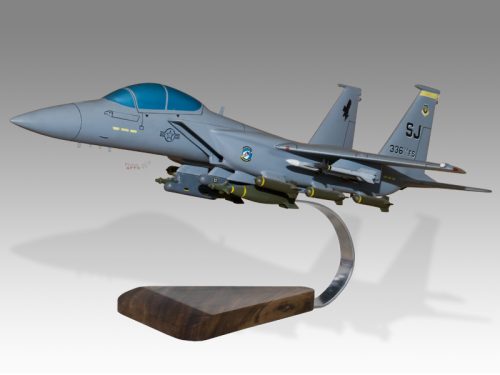
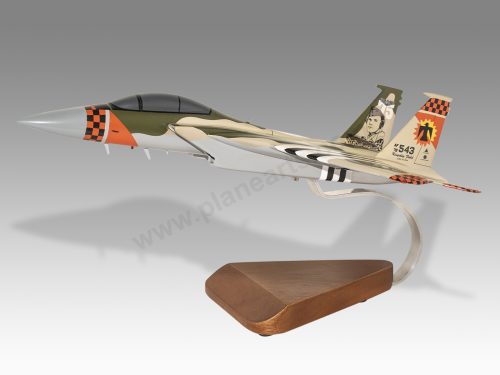

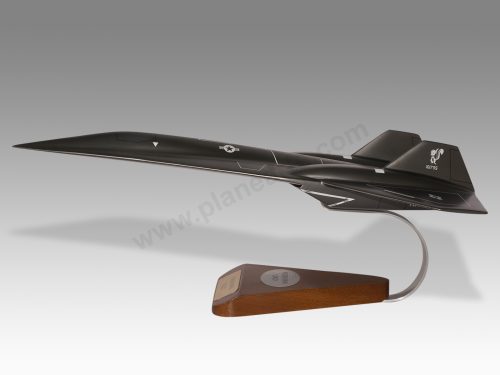
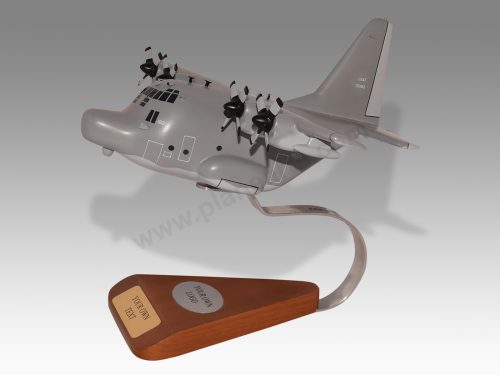
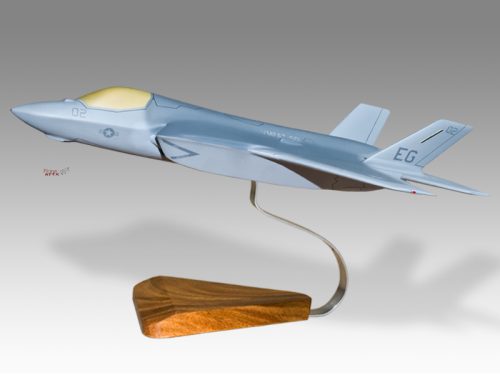
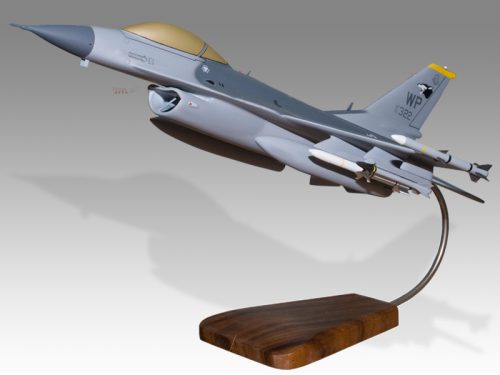
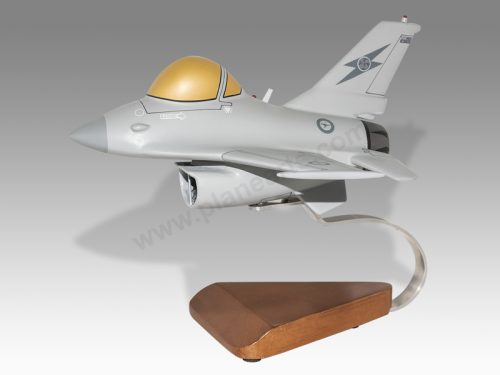
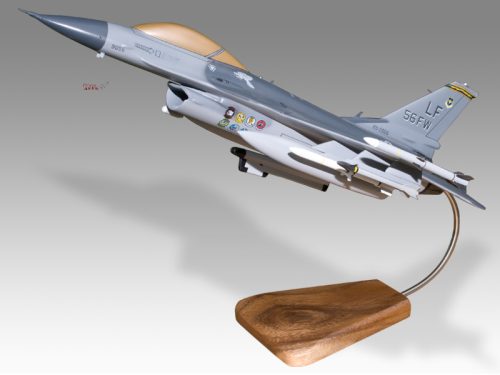
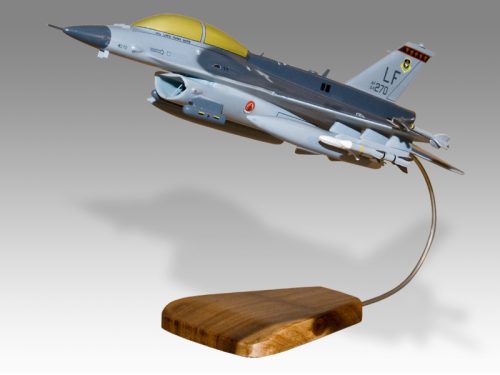

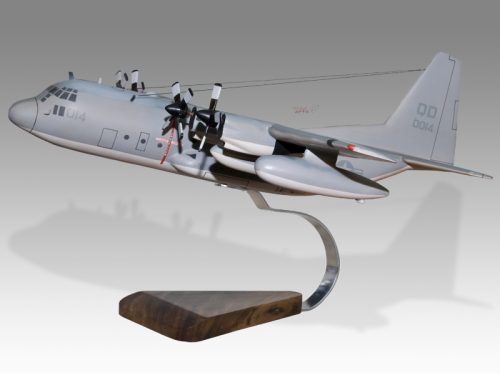
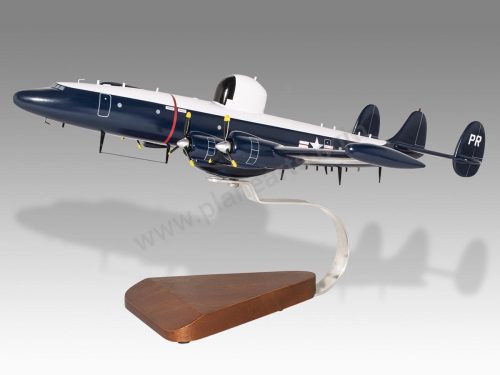

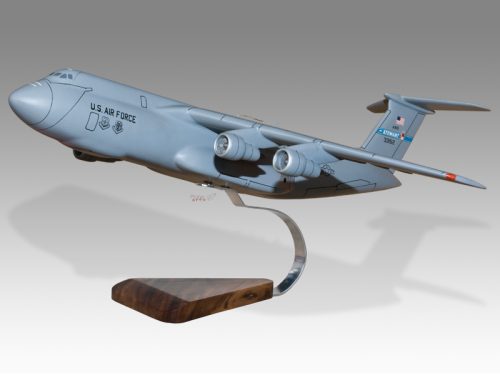
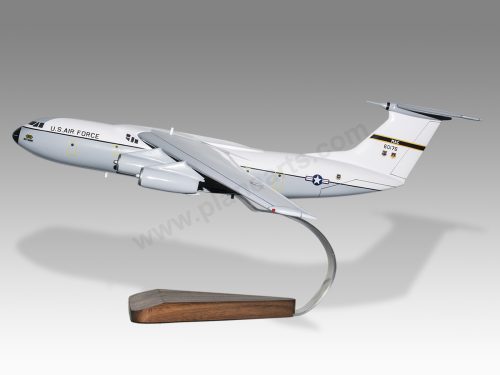
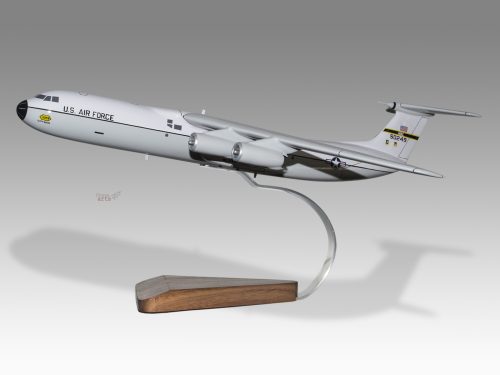
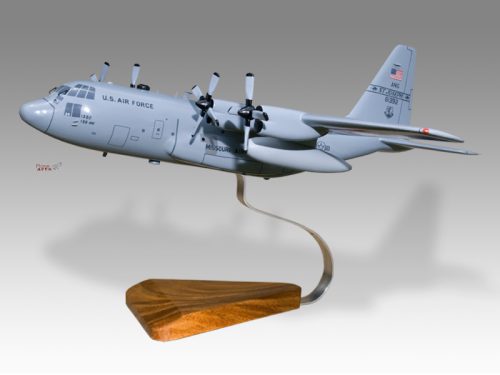
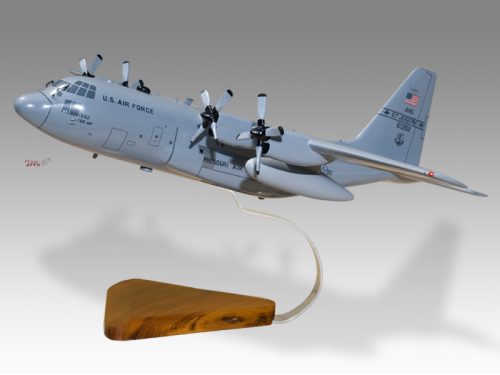
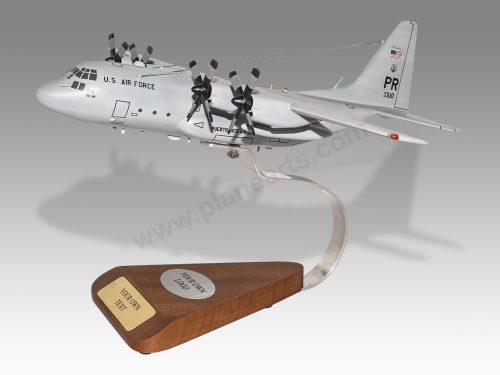
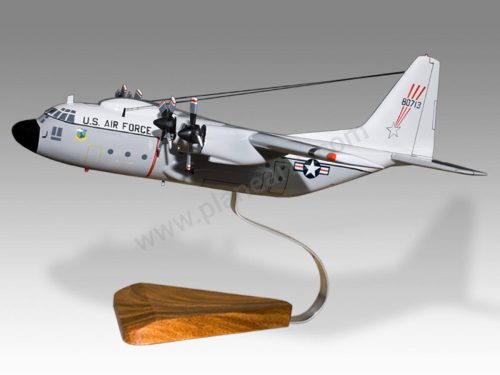
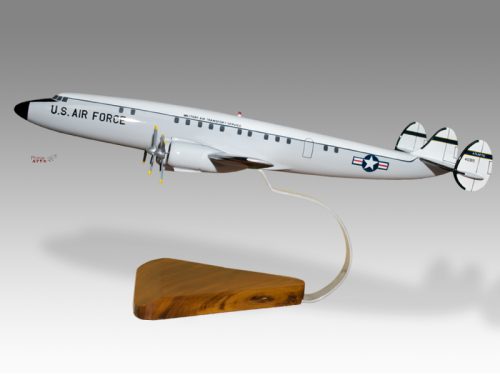
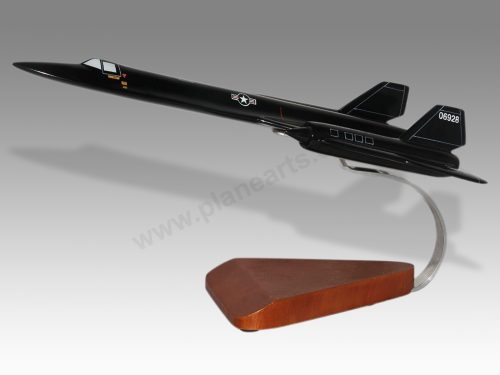



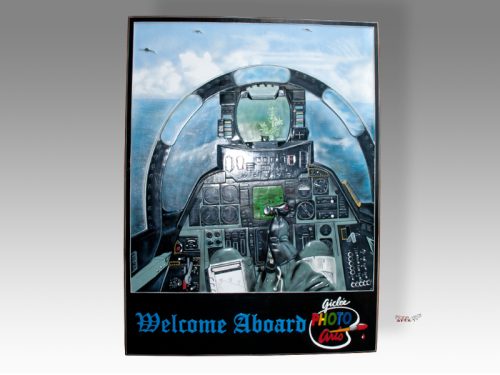
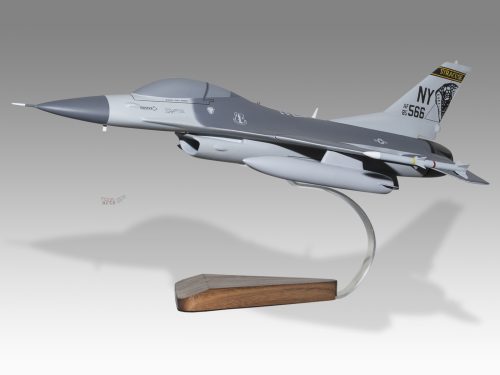

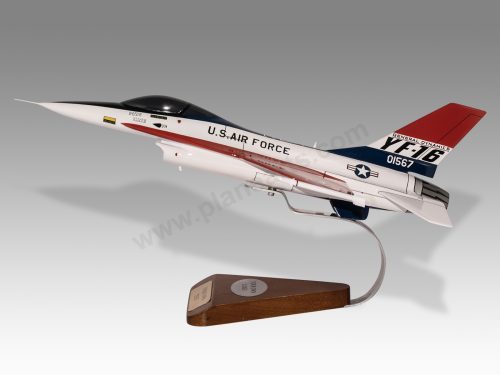

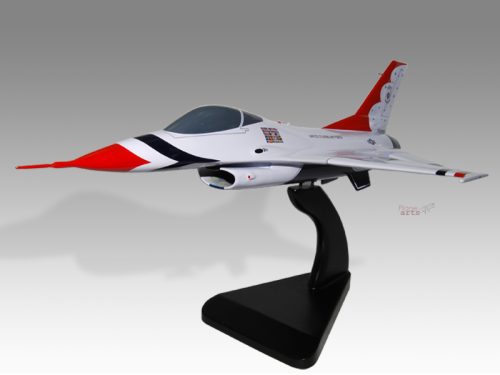


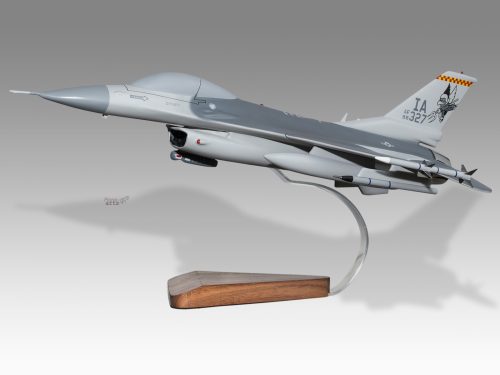
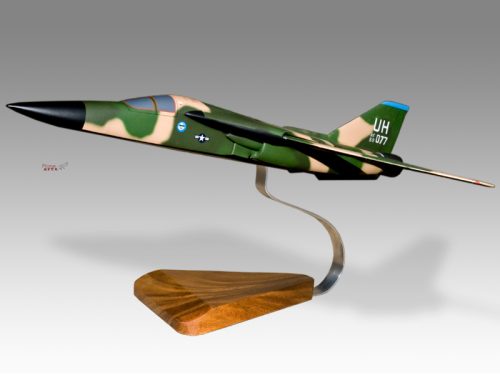
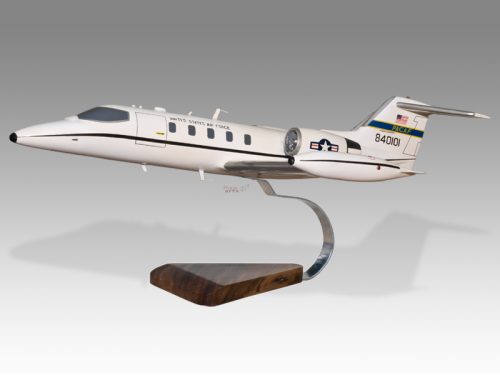
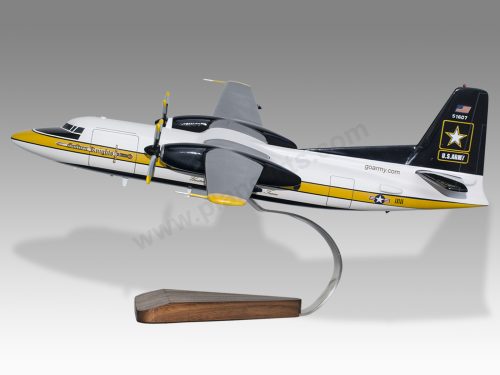

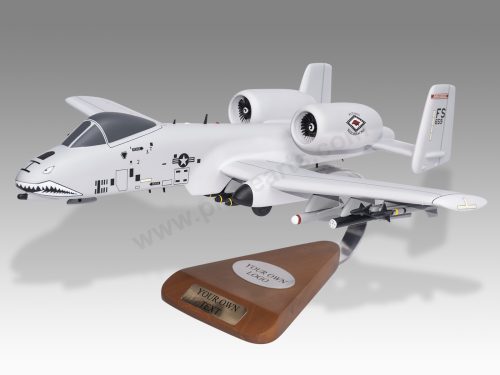
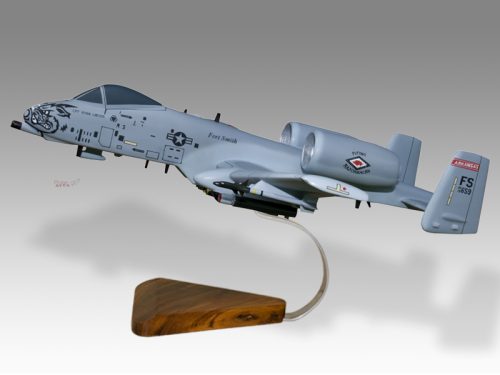

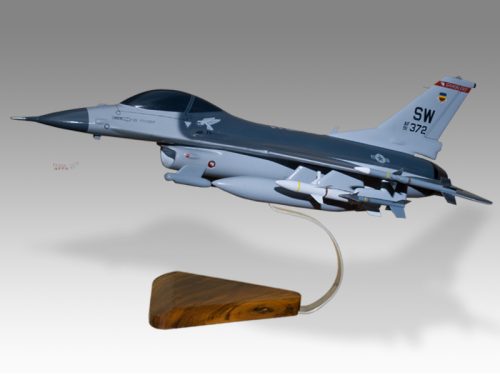
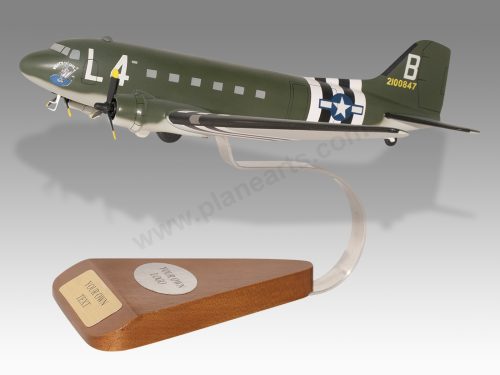

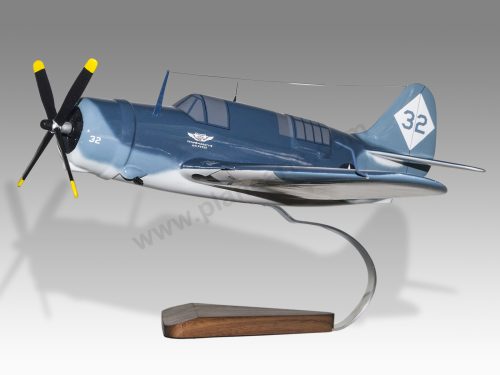










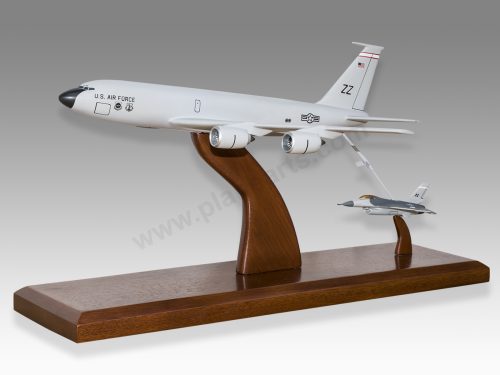
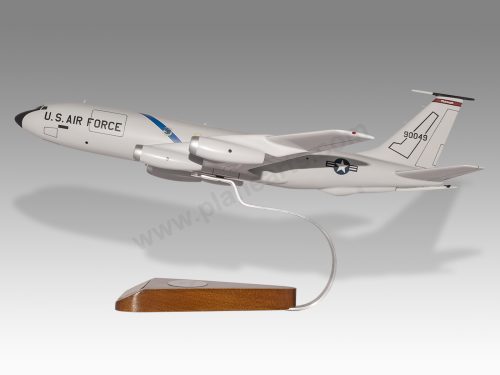
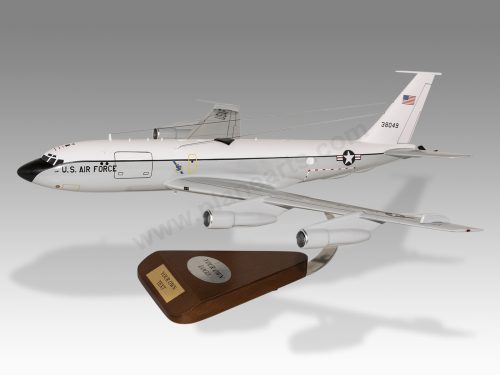

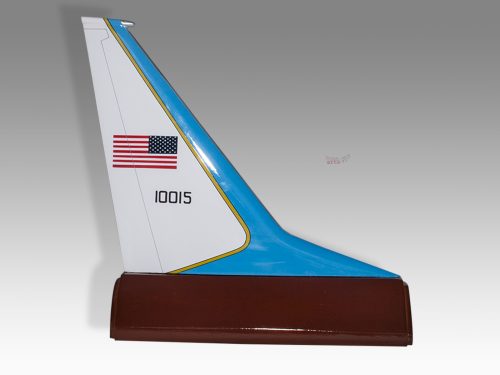
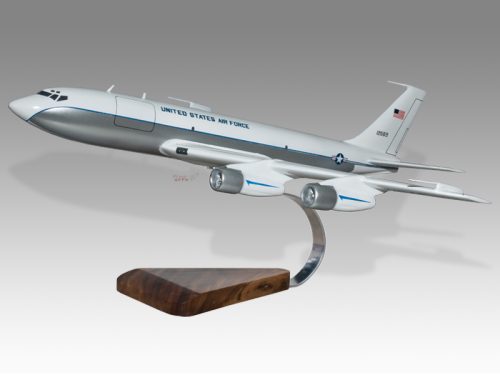
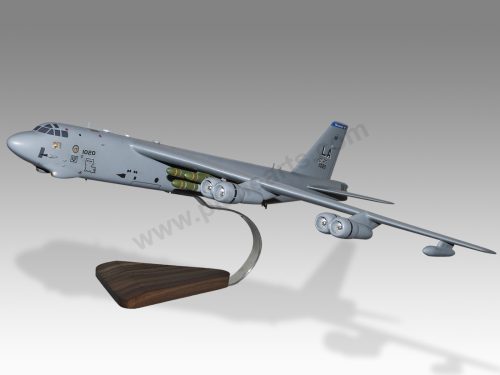

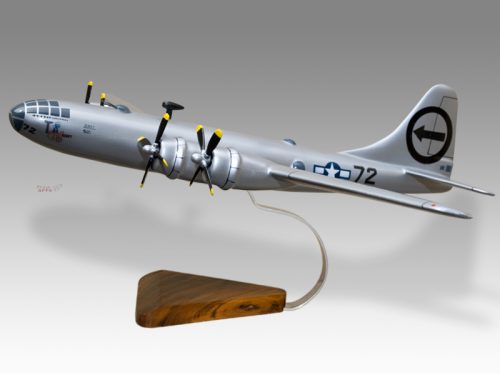
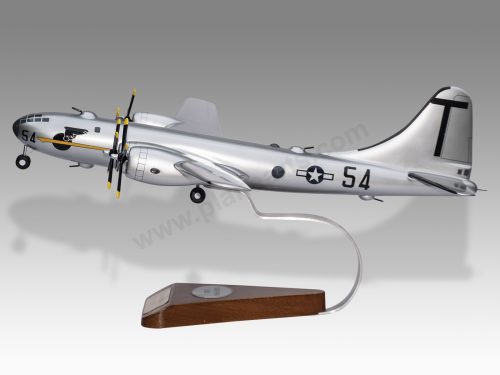
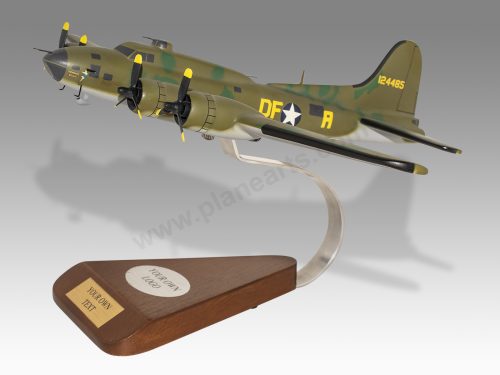
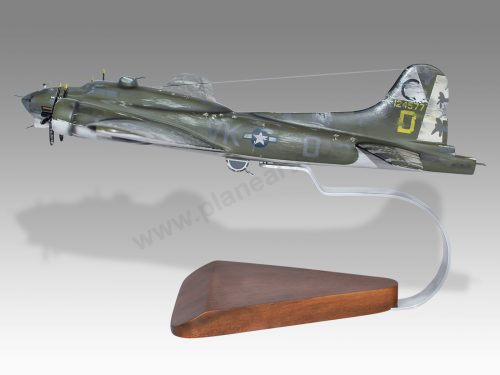

Reviews
There are no reviews yet.